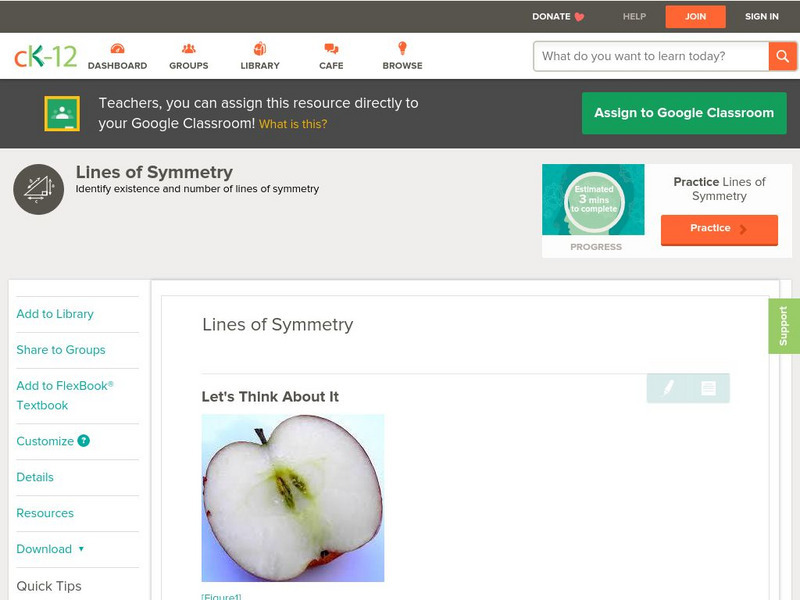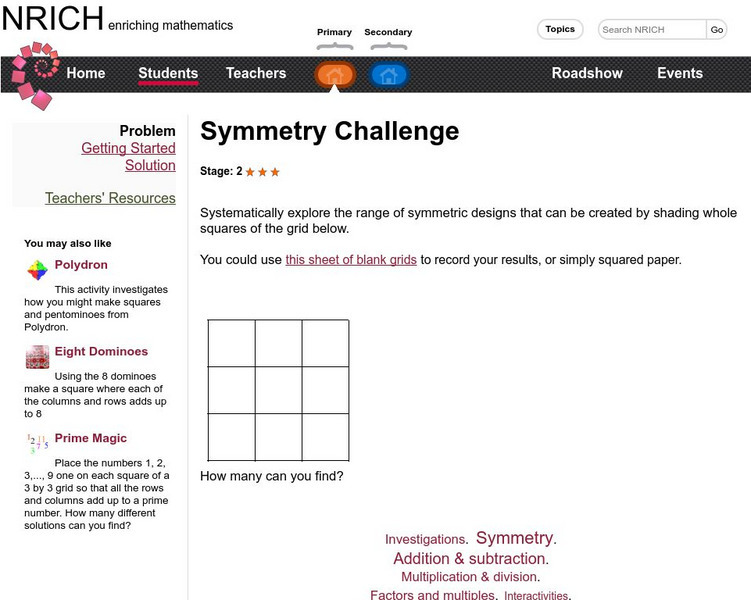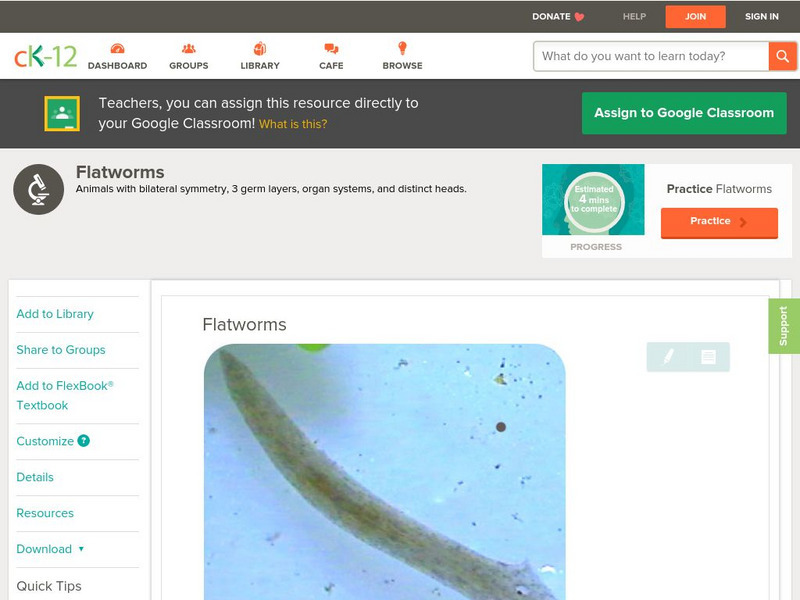Asian Art Museum
Create Your Own Samurai (Breastplate) Armor
Your class is going to love this activity. They get out their rulers, cardboard, and paints as they make Samurai breastplates. The simple art instructional activity lends itself to many different subjects such as, math/measurement, world...
Getting to Know
Shape and Form in Art
Introduce youngsters to the important role shape and form play in art with this extensive collection of activities and projects. From teaching first graders how to create mandalas to engaging third and fourth graders in the design...
Curated OER
Using a Dichotomous Key for Invertebrate Phyla
Students use a key to determine the phyla of invertebrates. They are broken into groups and each group gets a stack of pictures and uses the key to determine which phyla the animal belongs to. There are also individual questions for...
Curated OER
The Three Worm Phyla
Ninth graders examine the three worm phyla. In this classification lesson, 9th graders observe, compare and contrast the planarian, tapeworm, and fluke.
Curated OER
Classification of an Echinoderm
Students study starfish through dissection. In this biology lesson plan, students explore the lives of starfish as they view a slide show, observe parts of echinoderms, and compare the classification of the starfish with other...
Curated OER
Introduction to Animals Concept Map
In this animal science worksheet, students complete a concept map on the features of animals. They fill in 12 blanks with the correct words from the list.
Curated OER
Dry Forest: Flowers
Students explore botany by examining diagrams. In this plant reproduction lesson, students define a list of plant vocabulary terms and identify plant anatomy from a diagram. Students complete several plant activity worksheets and study...
Curated OER
Flatworms
In this biology worksheet, students complete the concept map using the given terms. They fill in 10 blanks with the correct answer.
Curated OER
Mirrors and How They Reflect
Students experiment with mirrors. In this Mirrors and How They reflect instructional activity, students read how mirrors reflect light. Then students perform over ten experiments and record their conclusions about mirrors and reflection....
Curated OER
Classification of Intertidal Organisma
Students categorize animals. In this animal classification lesson, students group animals by their characteristics. Students break into groups and work together to classify the animals. Students fill out a graphic organizer with their...
Curated OER
Investigating Scale Factors with the Geometer's Sketchpad
Students use Geometer's Sketchpad to examine the scale factor when in is applied to the length of a figure's sides. They look at how the scale factor affects the side lengths, perimeter, and area of the figure that result. They work with...
Other
Symmetry in Architecture
Provides real world examples of symmetry in architecture, including pictures of each kind of symmetry, examples, acknowledgements, and a bibliography.
Houghton Mifflin Harcourt
Houghton Mifflin Harcourt: Saxon Activity Center Real World Investigation: Symmetry Around Us [Pdf]
Use this internet lesson to explore different types of symmetry in nature. Learners examine line symmetry, rotational symmetry, and bilateral symmetry. An integrated math, language art, and art lesson. Acrobat Reader required.
CK-12 Foundation
Ck 12: Geometry: Lines of Symmetry
[Free Registration/Login may be required to access all resource tools.] Identify line, bilateral, and rotational symmetry.
University of Cambridge
University of Cambridge: Nrich: Symmetry Challenge
Sharpen your logic, symmetry, and pattern recognition skills while working on this challenge. Solution included.
University of Cambridge
University of Cambridge: Nrich: Happy Halving
On this one page website expand your logic, symmetry and pattern recognition knowledge while working on this challenge. The solution is available to double check your solution.
CK-12 Foundation
Ck 12: Life Science: Flatworms
[Free Registration/Login may be required to access all resource tools.] The word "worm" is not very scientific. But it is a word that informally describes animals (usually invertebrates) that have long bodies with no arms or legs. Worms...
Regents of the University of Michigan
Animal Diversity Web: Phylum Arthropoda
This general overview of the arthropod phylum, which includes insects and arachnids, looks at such topics as body symmetry, appendages, movement, respiratory and nervous systems, and reproduction.
Estrella Mountain Community College
Estrella Mountain Community College: The Nervous System
This online biology book chapter offers definitions and descriptions of the nervous system's components.
Other
San Francisco State University: Animal Body Plans
College-level instructor's notes on how animal body plans have changed over time through the process of evolution.
BiologyWise
Biology Wise: Characteristics of Platyhelminthes
Describes the characteristics and anatomy of organisms in the phylum Platyhelminthes.
Wikimedia
Wikipedia: Squid
This encyclopedia article from Wikipedia provides a general overview of squid. Content includes a focus on their physical characteristics, diet, and habitat.
Other
Guam: Phylum Platyhelminthes, or Flatworms
High school level description of the phylum Platyhelminthes, or flatworms, including characteristics, reproduction, and class.
Other popular searches
- Bilateral Symmetry Starfish
- Radial Bilateral Symmetry
- Animal Bilateral Symmetry
- Butterfly Bilateral Symmetry
- Symmetry Bilateral



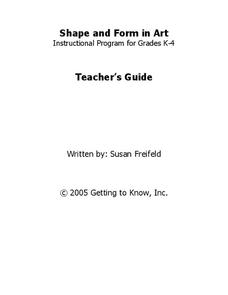




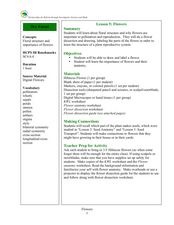

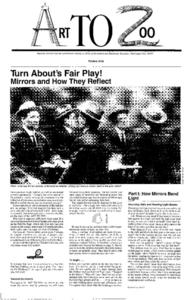


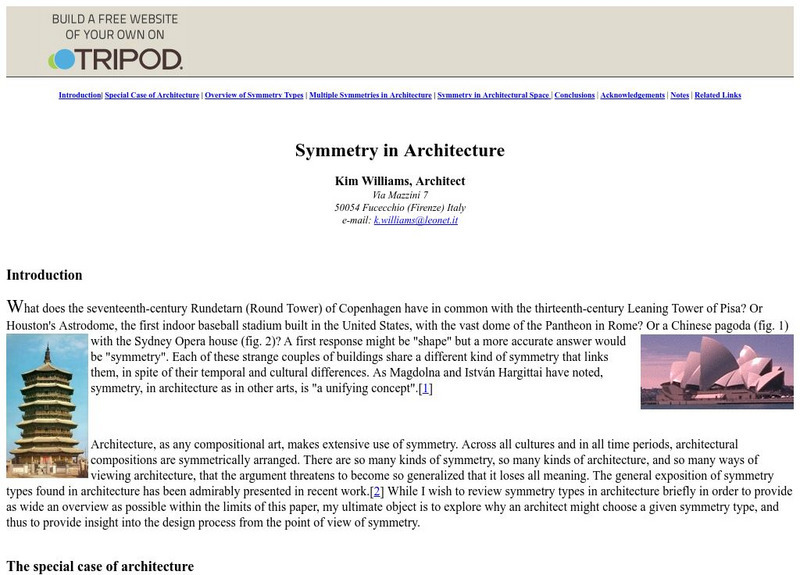
![Houghton Mifflin Harcourt: Saxon Activity Center Real World Investigation: Symmetry Around Us [Pdf] Activity Houghton Mifflin Harcourt: Saxon Activity Center Real World Investigation: Symmetry Around Us [Pdf] Activity](https://d15y2dacu3jp90.cloudfront.net/images/attachment_defaults/resource/large/FPO-knovation.png)
